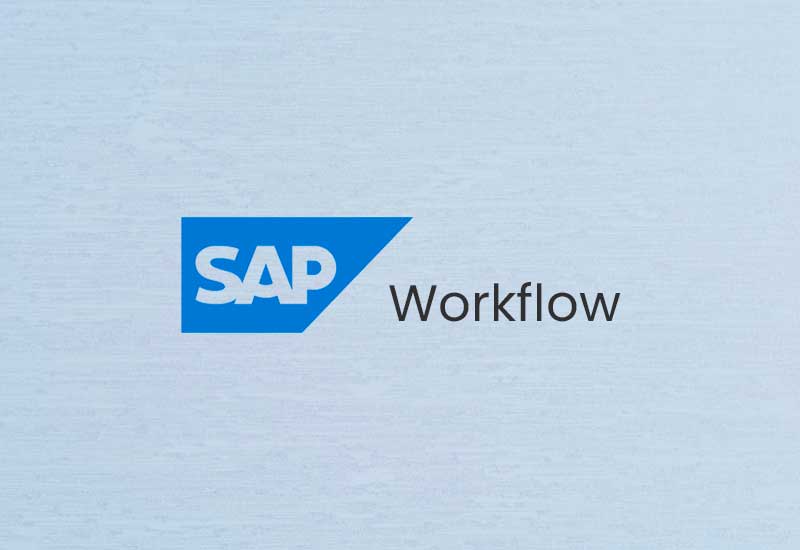SAP Workflow

SAP Workflow
Chapter 1: Workflow Introduction
- 1. What are SAP Business WORKFLOWS?
- 2. Why Workflows
- 3. Need of Workflows
- 4. Drawbacks
- 5. Features of Workflows
- 6. Workflow Terminologies
- 7. Prerequisites of using Workflows
Chapter 2: Workflow basic information
- 1. Workflow Architecture
- 2. Workflow Definition and workflow template
- 3. Workflow symbols
Chapter 3: Design of Workflow
- 1. Workflow step
- 2. Workflow symbols
- 3. Task and Workflow definition
- 4. Workitem definition
- 5. Different types of Workitems
- 6. Deadline Monitoring in Workflow
Chapter 4: Business object Definition
- 1. Business Object and Methods
- 2. Container structure and Container Programming
- 3. Events
- 4. Attributes
Chapter 5:Binding in Workflow
- 1. Container Definition
- 2. Types of Containers used in Workflows
- 3. Reading / Writing Containers
- 4. Usage of Binding
- 5. Dataflow during binding process
Chapter 6: Agents in Workflow
- 1. Agent definition
- 2. Types of Agents
- 3. Determination of Agents through Rules(Responsibility)
- 4. Determination of Agents through Rules( Function Module)
Chapter 7: Workflow Monitoring through Various Tcodes
Chapter 8: Usage of different steps in workflow builder
Chapter 9: Workflow Configuration
Chapter 10: Triggering Workflows
- 1. Events
- 2. Change Document
- 3. Function Modules
Chapter 11: Generation of Reports with Workflow information
Chapter 12: Workflow Notifications
- 1. Features of inbox in SAP
- 2. Configuration of notifications to external Mail servers
Chapter 13: ESS / MSS Workflows
- 1. Leave request workflow
- 2. Loan request workflow
- 3. Travel expense claim workflow
- 4. Training request workflow
Chapter 14: Common ‘Errors’ and ‘resolution’
- 1. Agent determination errors
- 2. Buffering errors
- 3. Work item errors
- 4. Event linkage errors
Chapter 15: Workflow Jobs
Chapter 16: Program Exits
Chapter 17: Dynamic Parallel Processing and Subworkflow
Chapter 18: Debugging in Workflows
- 1. Event Debugging
- 2. Agent resolution Debugging
- 3. Workflow Task (Method) debugging
- 4. Foreground (Dialog) Tasks
- 5. Background (Synchronous) Tasks
